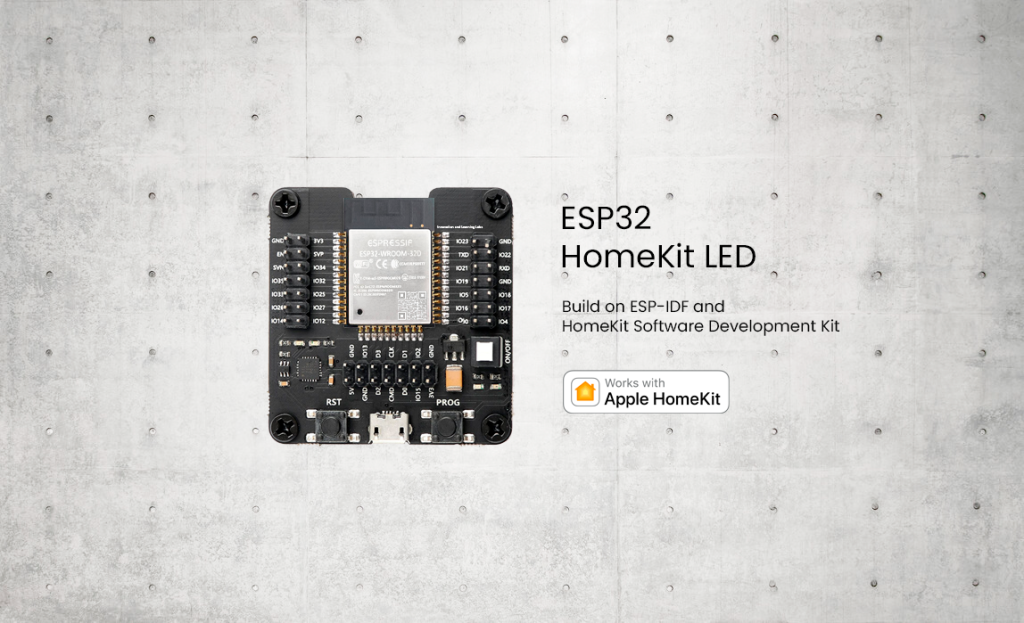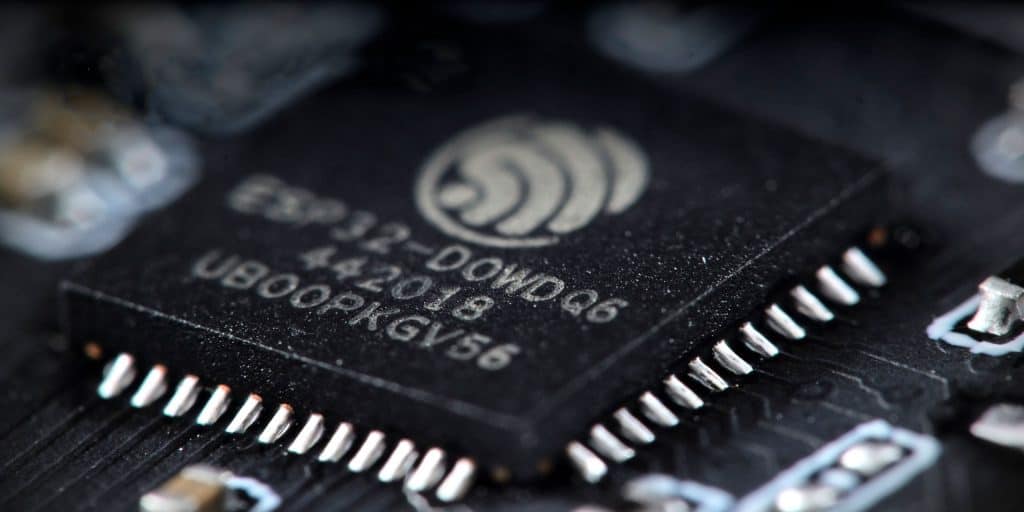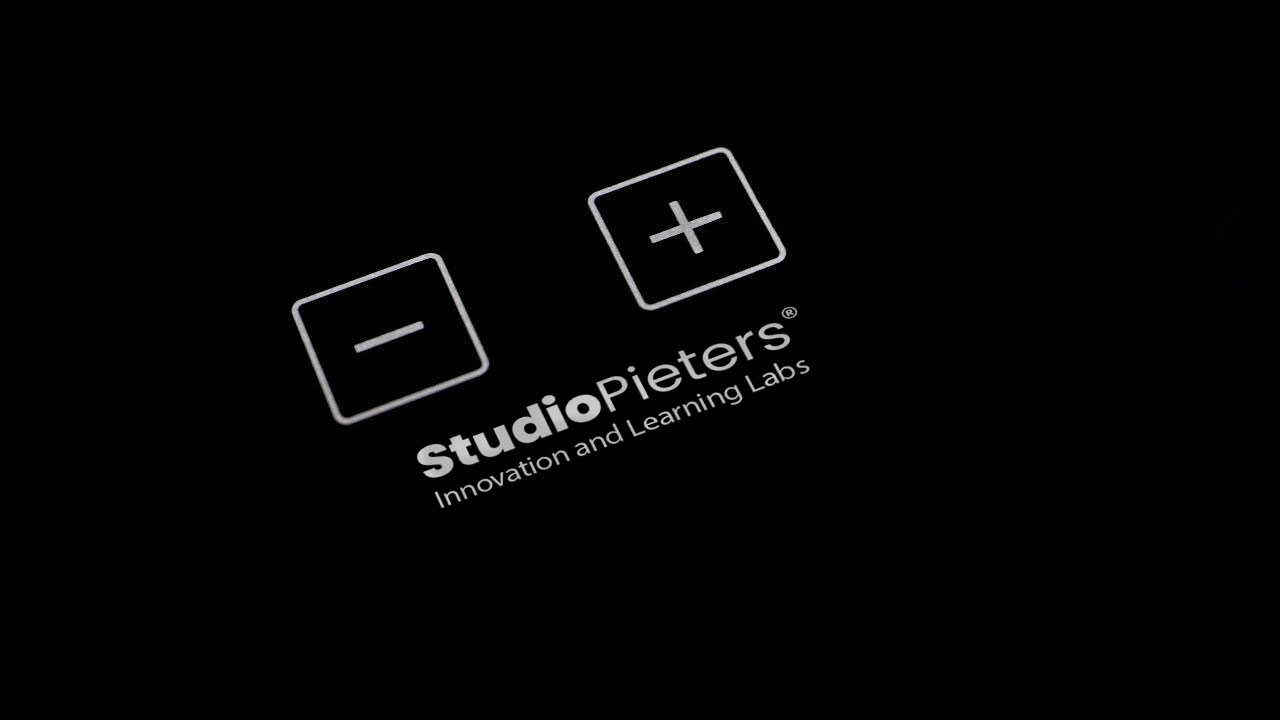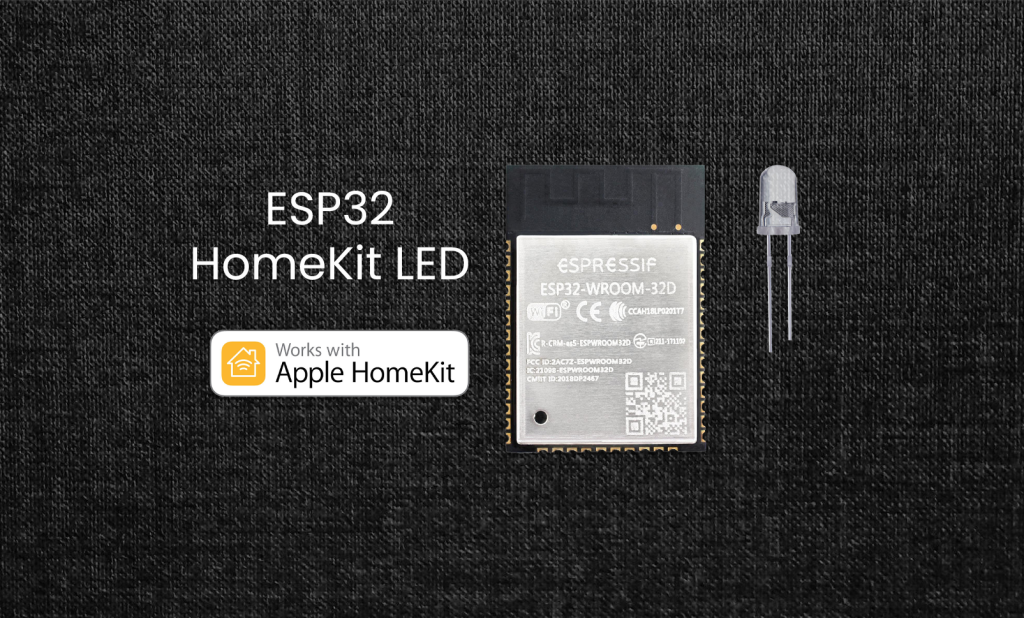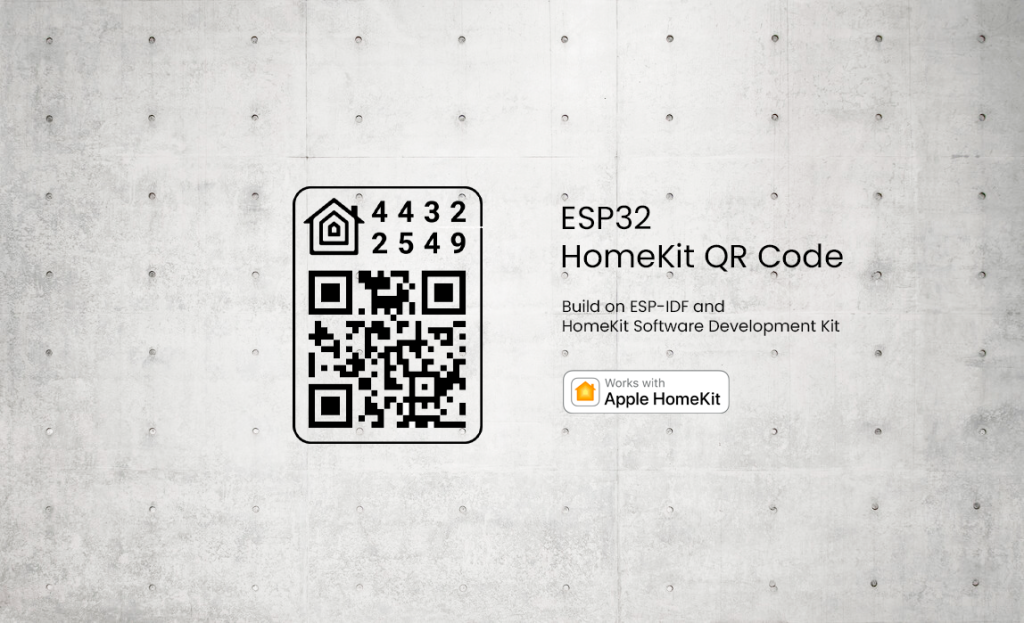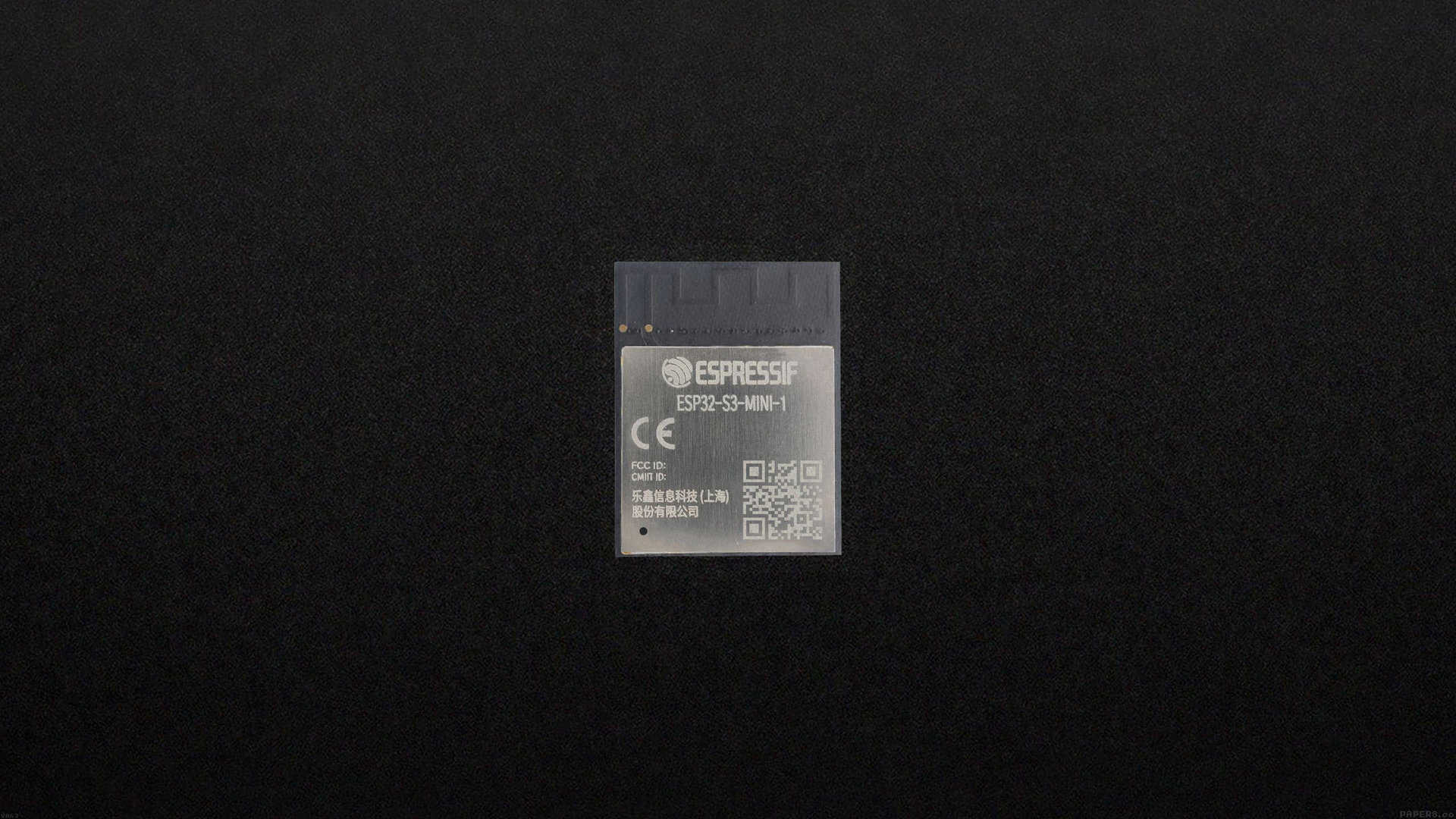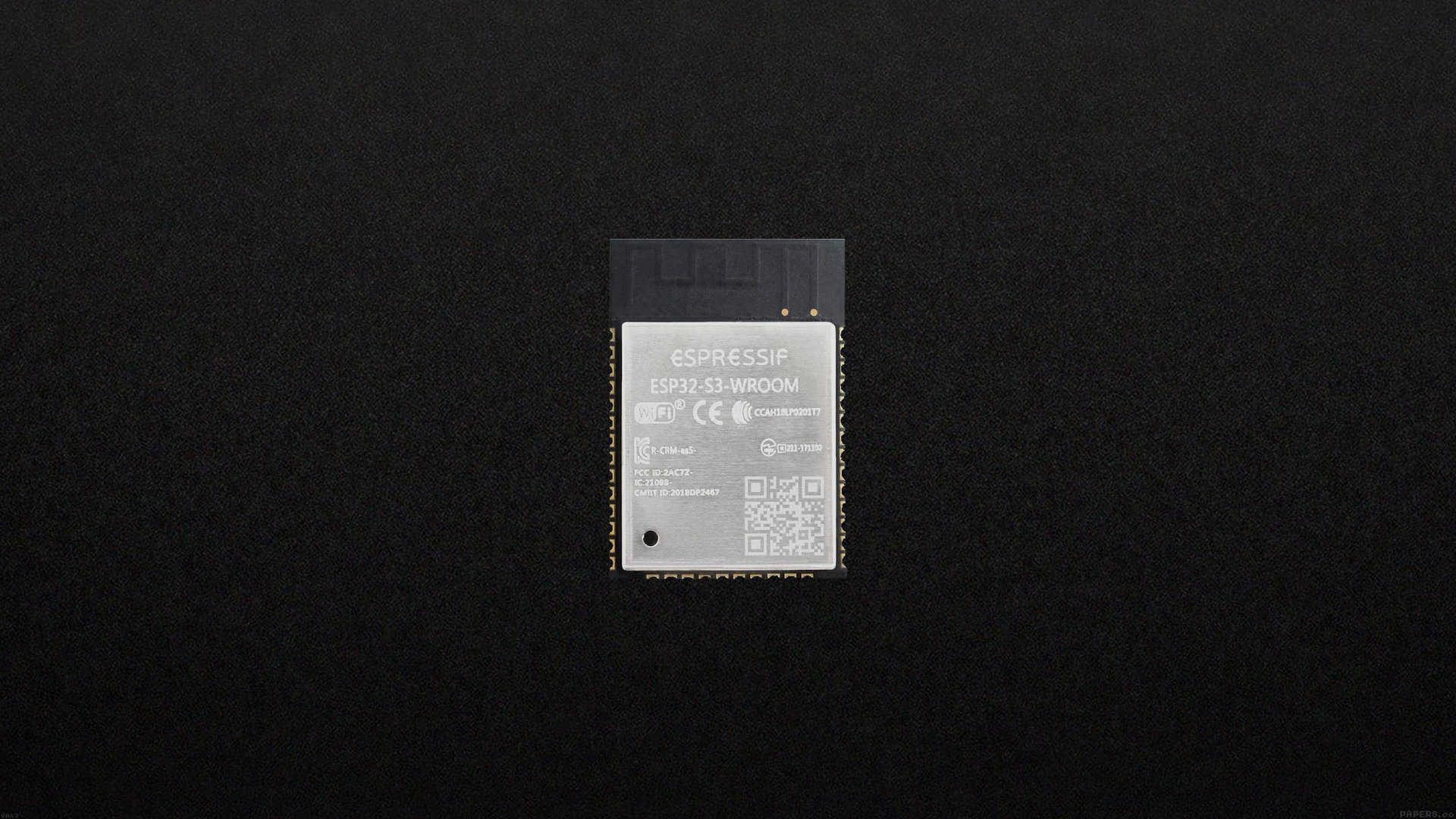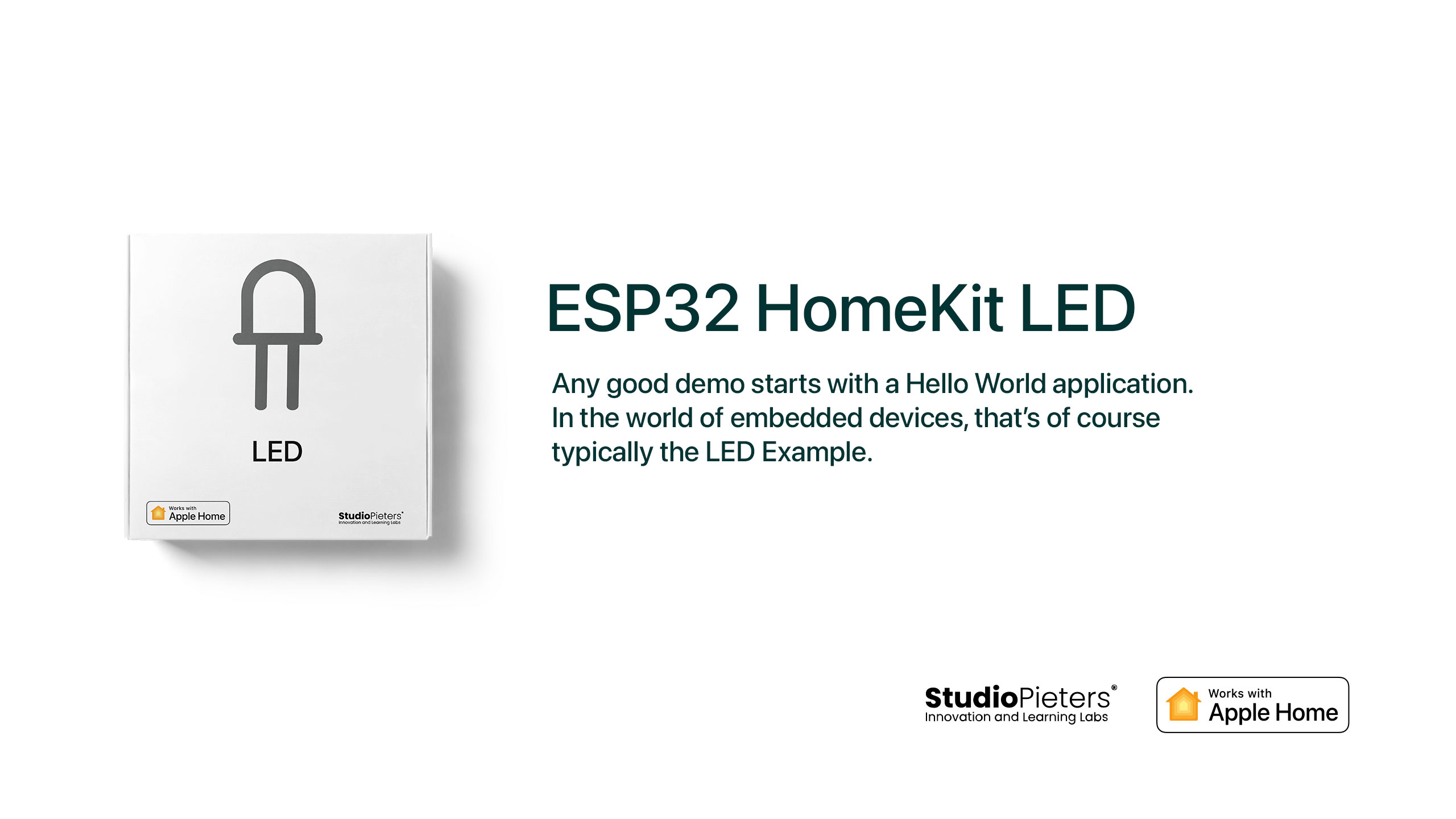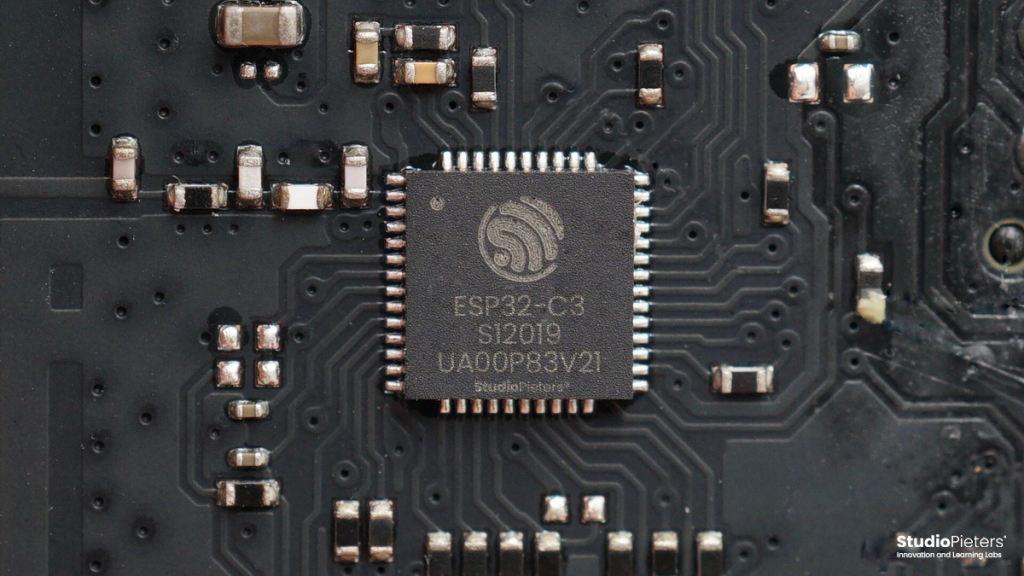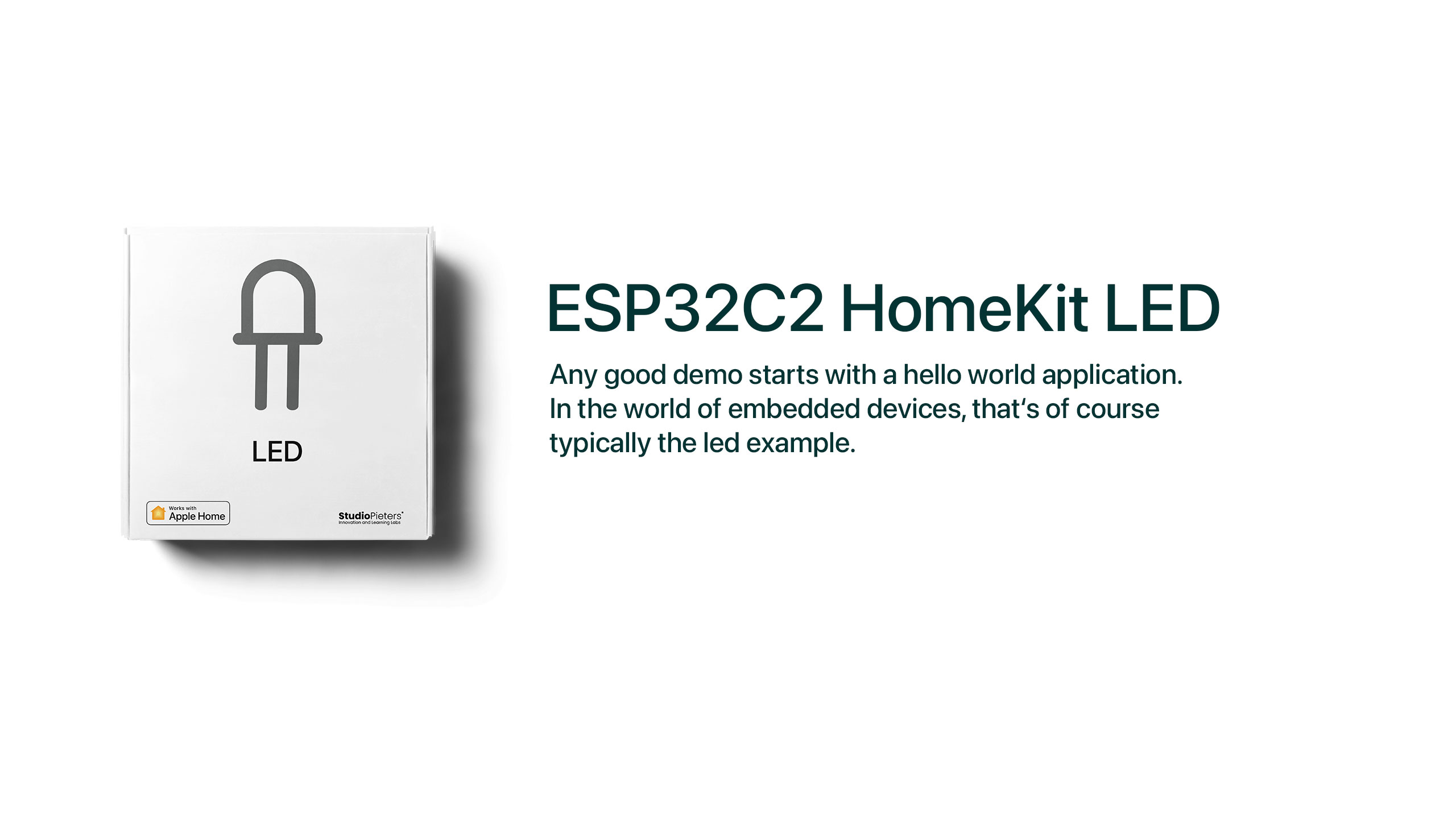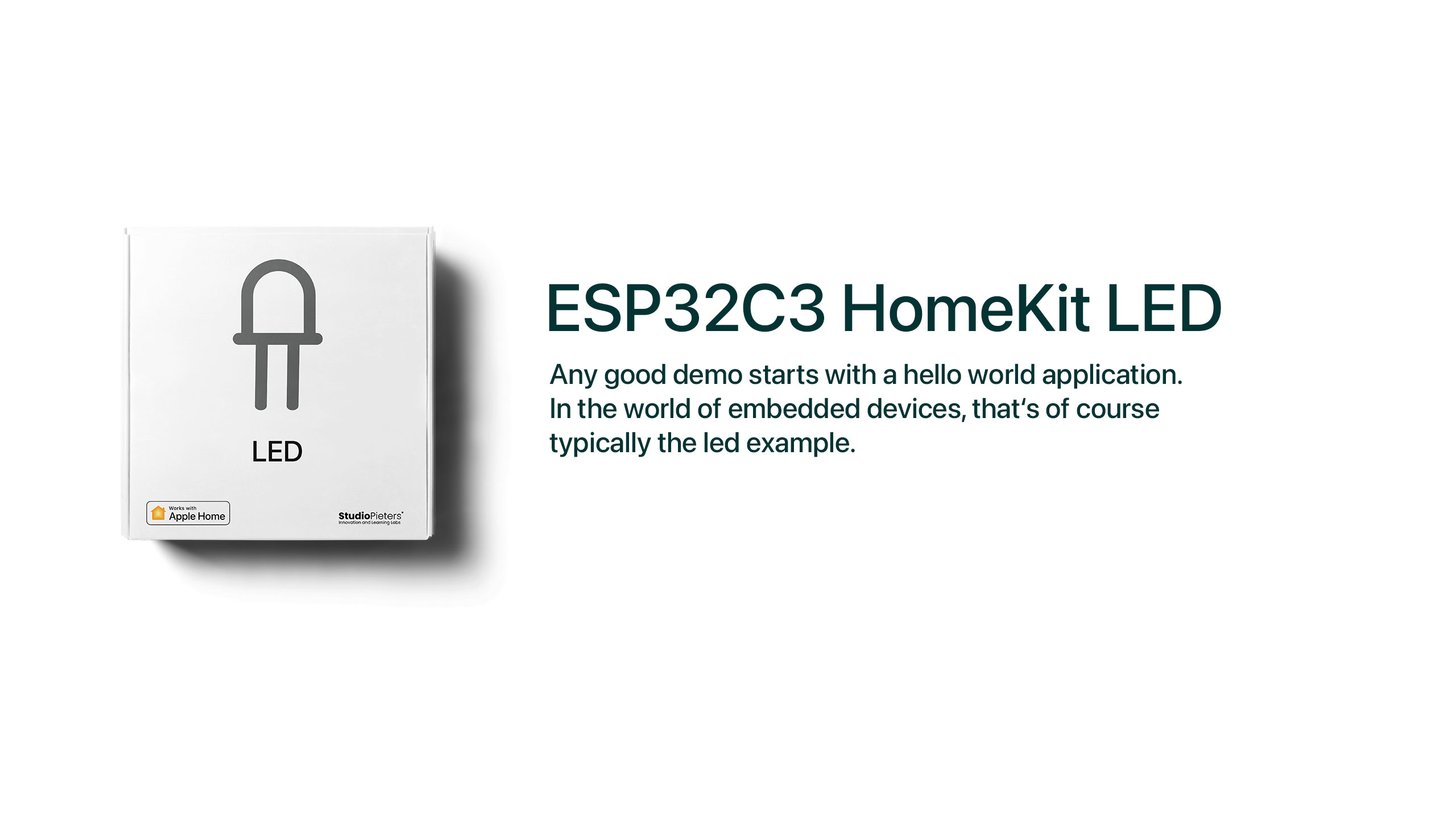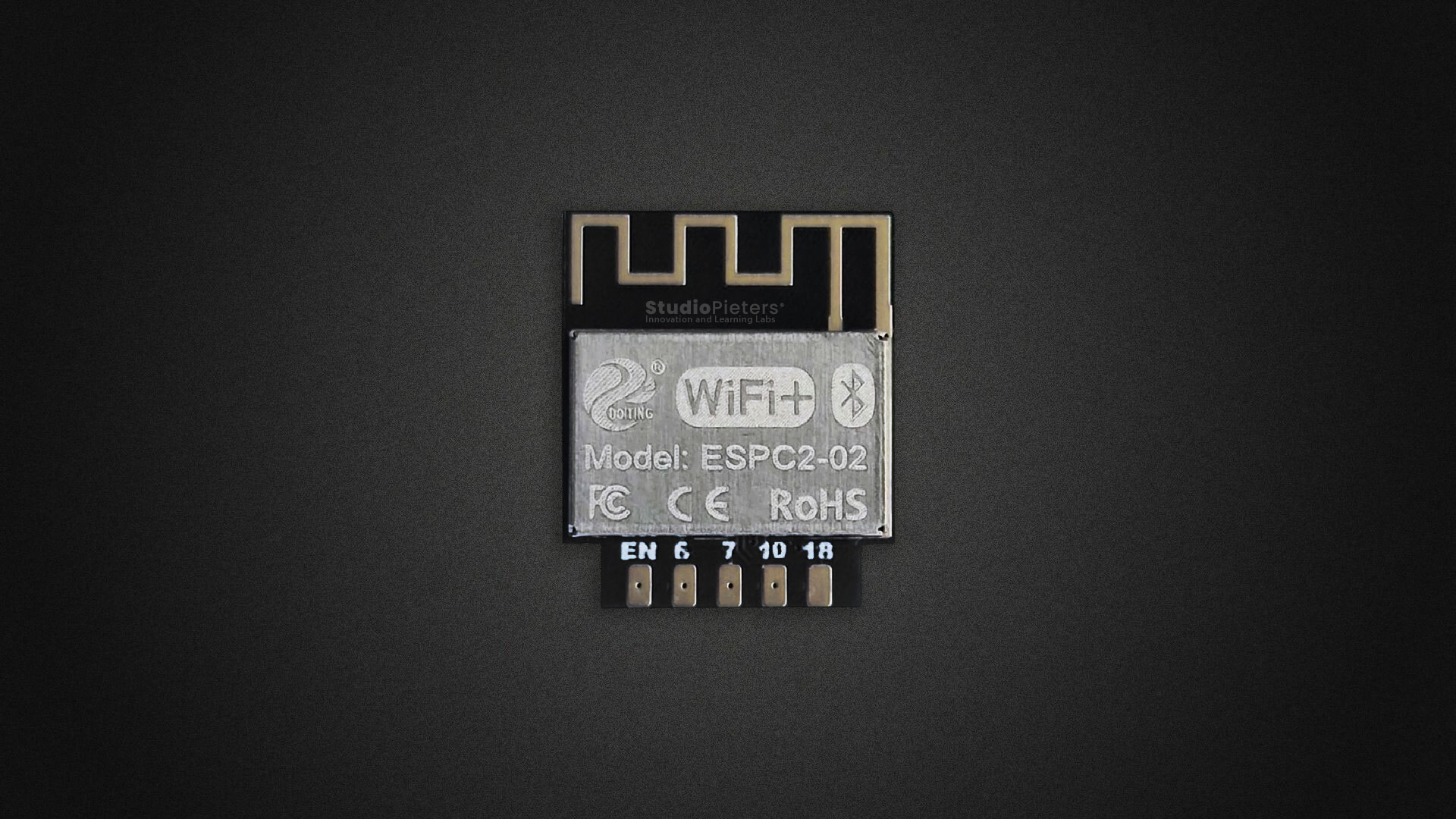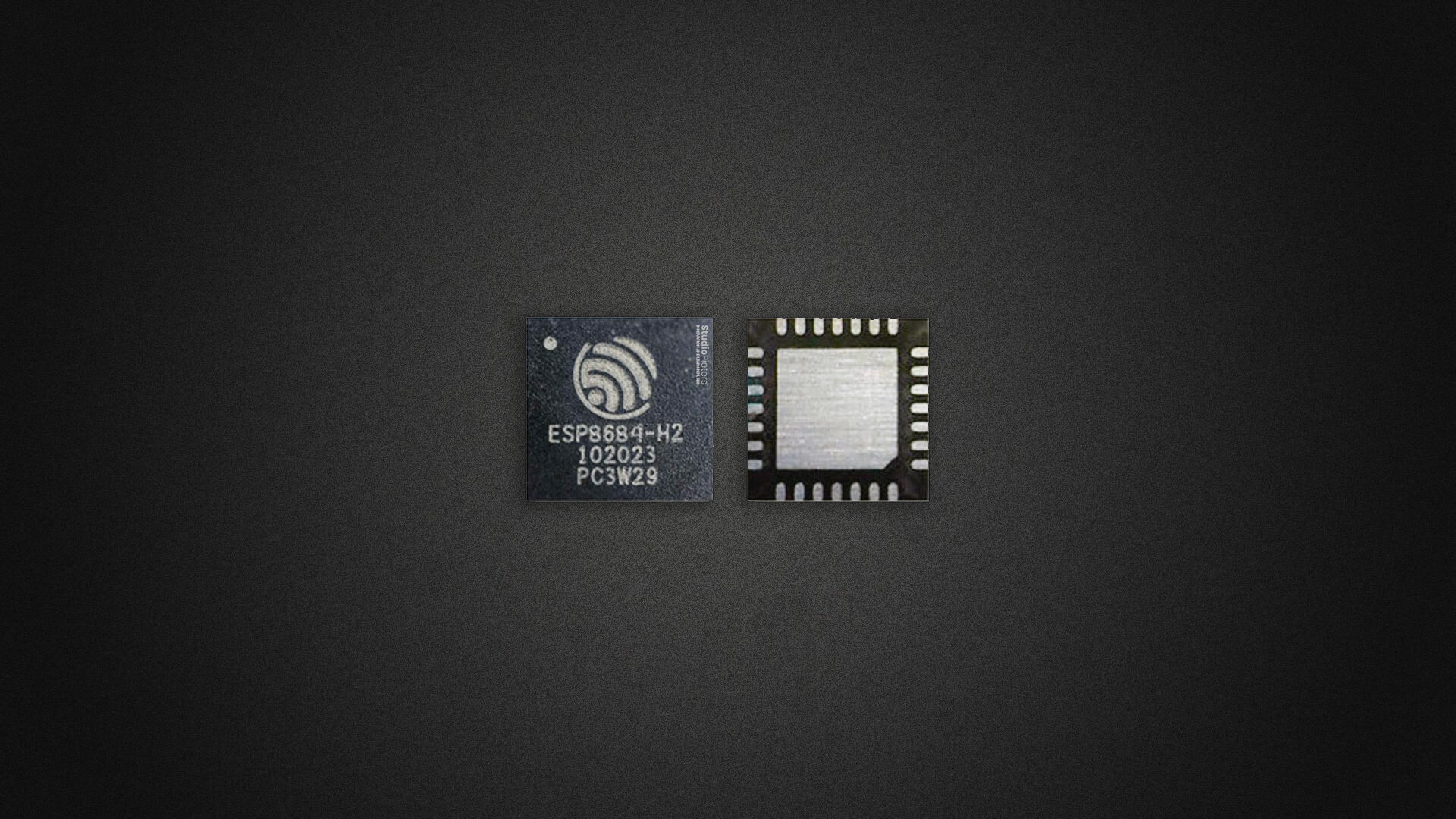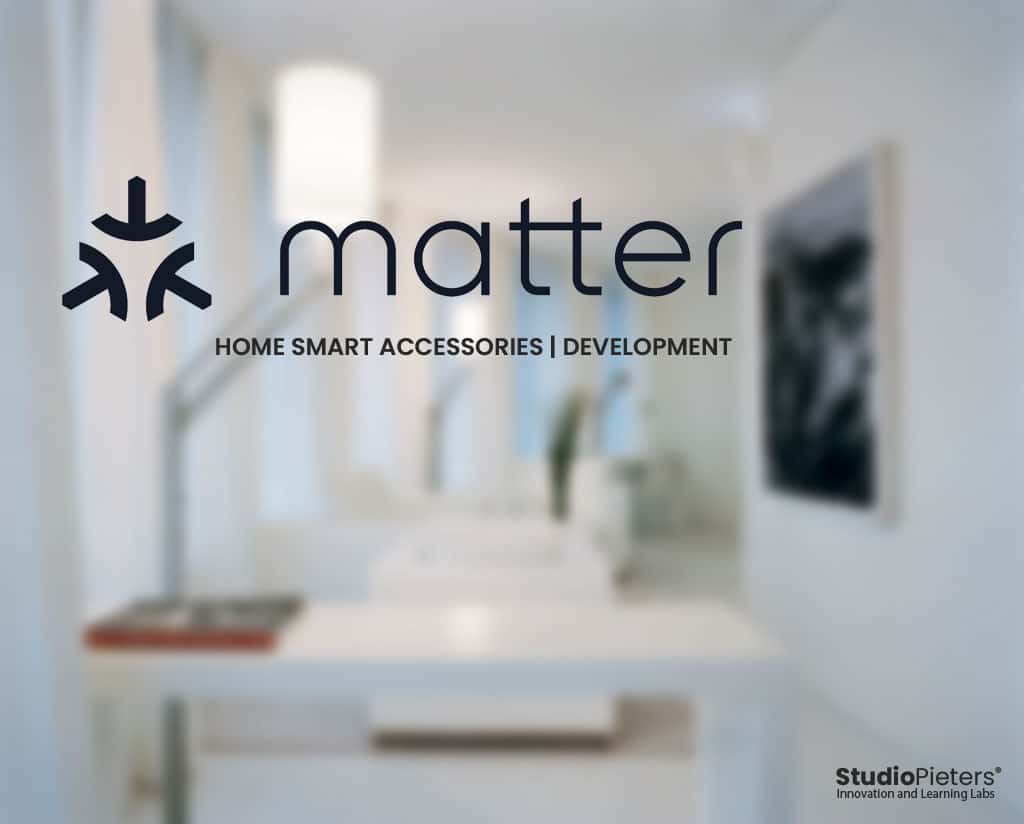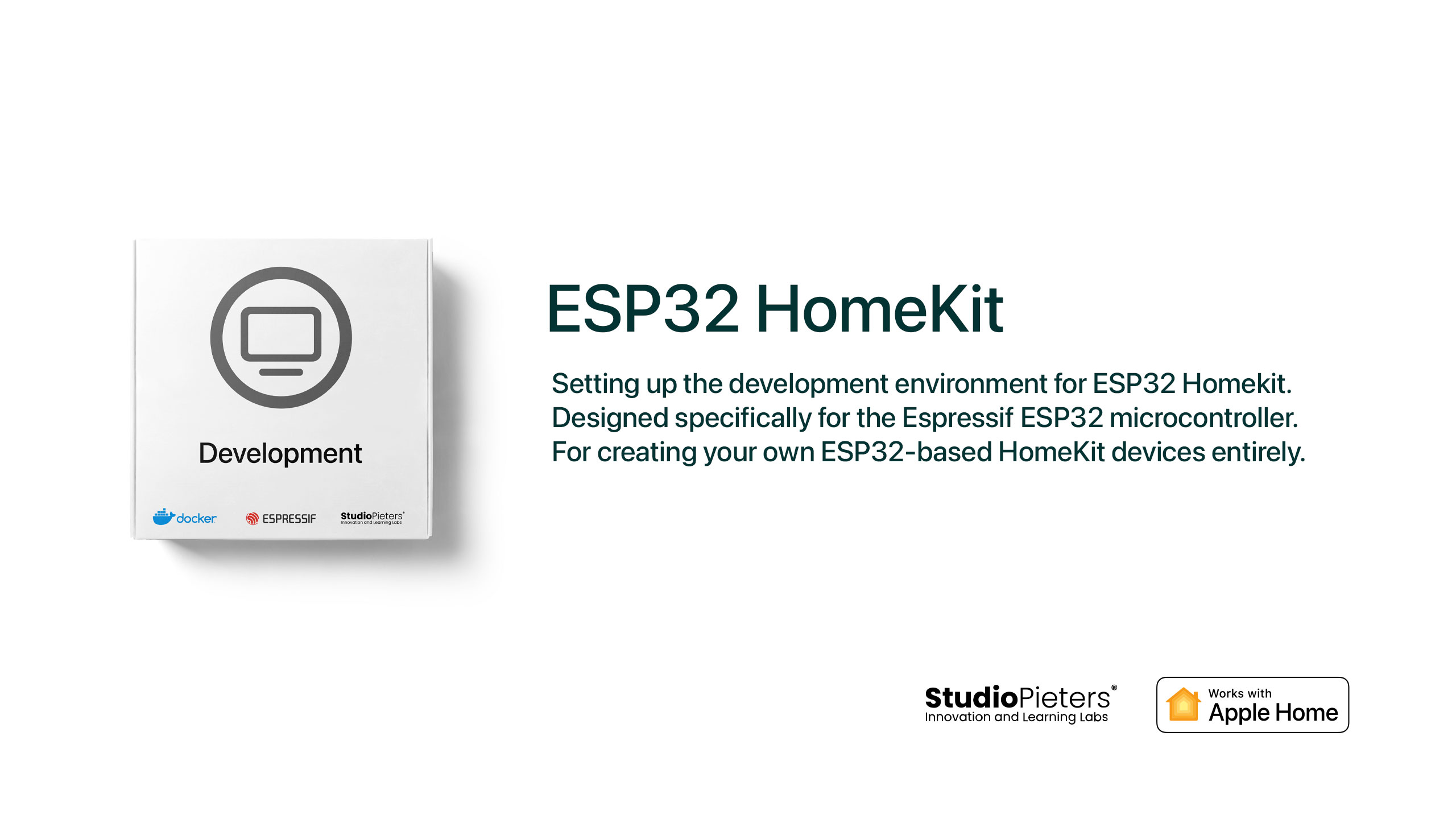ESP32 | HomeKit Accessoires
- ESP32 – Developing With ESP-IDFOkay things have gotten a bit more complicated than we are used to. Since the arrival of the ESP32 module, Espressif the maker of the ESP modules has also worked hard behind the scenes. They have developed IDF. IDF is the compiler for all ESP32 XX chips. So for HomeKit Development, we have to start… Read more: ESP32 – Developing With ESP-IDF
- ESP32 – HomeKit LED – Part IIWe have used a legacy GNU Makefile build in the previous HomeKit LED Example. Now need to migrate to CMake. A lot of people first getting into this wonderful space of embedded system design do so through Arduino, which uses C++ with many built-in functions. The new ESP-IDF uses CMake to configure the build system.… Read more: ESP32 – HomeKit LED – Part II
- ESP32 – Auto Program & ResetThe upload procedure for ESP32 boards is a little different from a standard Arduino procedure. Most Arduino’s will automatically reset when a new program is being uploaded, and will automatically enter programming mode. On some ESP boards you have to manually enter programming mode, and on the bare-bones modules, you even have to reset them… Read more: ESP32 – Auto Program & Reset
- ESP32 – Capacitive touchIn this blog, we will discuss how to use the ESP32 touch sensors and how to use the esp32 touch sensors as a push button without having to connect an external push button. The ESP32 chip offers ten touch sensors. These touch sensors are built-in with ESP32 chip and are capacitive type. These touch sensors… Read more: ESP32 – Capacitive touch
- ESP32 – HomeKit LEDAfter writing quite a few blogs about ESP8266 in combination with HomeKit SDK, it is now time to look at the ESP32. The ESP32 and actually the ESP32-C3 is the upcoming replacement for the ESP8266. That’s why I’m going to show you how to migrate from the ESP8266 to the ESP32 series. We start simply… Read more: ESP32 – HomeKit LED
- ESP32 – HomeKit QR-codeNeed to add a HomeKit device you build, but don’t have the QR code? HomeKit-enabled accessories come with a specific QR code and an 8-digit number for the setup process. In this blog, I will show you how to create your HomeKit QR Code and how to add extra security options. HomeKit QR Code First,… Read more: ESP32 – HomeKit QR-code
- ESP32 – S3 MINI PinoutSince Espressif Systems arrived in our collective consciousness, they have expanded their range from the ESP8266 to the ESP32, and going beyond the original WROOM and WROVER modules to a range of further ESP32 products. There’s a single-core variant and one that packs a RISC-V core in place of the Tensilica one, and now they’ve… Read more: ESP32 – S3 MINI Pinout
- ESP32 – S3 WROOM PinoutSince Espressif Systems arrived in our collective consciousness, they have expanded their range from the ESP8266 to the ESP32, and going beyond the original WROOM and WROVER modules to a range of further ESP32 products. There’s a single-core variant and one that packs a RISC-V core in place of the Tensilica one, and now they’ve… Read more: ESP32 – S3 WROOM Pinout
- ESP32 HomeKit – LEDAny good demo starts with a Hello World application. In the world of embedded devices, that’s of course typically the LED Example. This will be the first of a series of HomeKit accessories, that I will show you how to build. These are step-by-step instructions to build these accessories, for beginners and for advanced users,… Read more: ESP32 HomeKit – LED
- ESP32 Series Microcontrollers – PinoutThe ESP32 series microcontrollers, including variants such as ESP32C2, ESP32C3, ESP32C6, ESP32S2, ESP32S3, and ESP32H2, provide a versatile array of peripherals and I/O options for embedded development. Understanding the pinout and capabilities of each pin is essential for efficient project development. In this blog post, we will explore the pinout reference for the ESP32 series… Read more: ESP32 Series Microcontrollers – Pinout
- ESP32-C3 – PinoutESP32-C3 is a single-core Wi-Fi and Bluetooth 5 (LE) microcontroller SoC, based on the open-source RISC-V architecture. It strikes the right balance of power, I/O capabilities and security, thus offering the optimal cost-effective solution for connected devices. The availability of Wi-Fi and Bluetooth 5 (LE) connectivity not only makes the device’s configuration easy, but it… Read more: ESP32-C3 – Pinout
- ESP32C2 HomeKit – LEDAny good demo starts with a Hello World application. In the world of embedded devices, that’s of course typically the LED Example. This will be the first of a series of HomeKit accessories, that I will show you how to build. These are step-by-step instructions to build these accessories, for beginners and for advanced users,… Read more: ESP32C2 HomeKit – LED
- ESP32C3 HomeKit – LEDAny good demo starts with a Hello World application. In the world of embedded devices, that’s of course typically the LED Example. This will be the first of a series of HomeKit accessories, that I will show you how to build. These are step-by-step instructions to build these accessories, for beginners and for advanced users,… Read more: ESP32C3 HomeKit – LED
- ESP8684 – ESPC2-02 PinoutESPC2-02 Wi-Fi and BLE coexistence Module is a highly integrated single-chip low power 802.11bgn Wireless LAN (WLAN) network controller. It combines a RISC CPU, WLAN MAC, a 1T1R capable WLAN baseband, RF, and Bluetooth in a single chip. It also provides a bunch of configurable GPIO, which are configured as digital peripherals for different applications… Read more: ESP8684 – ESPC2-02 Pinout
- ESP8684 – PinoutSince Espressif Systems arrived in our collective consciousness, they have expanded their range from the ESP8266 to the ESP32, and going beyond the original WROOM and WROVER modules to a range of further ESP32 products. There’s a single-core variant and one that packs a RISC-V core in place of the Tensilica one, and now they’ve… Read more: ESP8684 – Pinout
- ESPC2-02 – ProgrammingIn the world of Internet of Things (IoT) and embedded systems, the ESPC2-02 Module stands out as a powerful and versatile tool for developers and hobbyists alike. Whether you’re a seasoned programmer or just dipping your toes into the world of electronics, this compact yet feature-rich module offers a gateway to endless possibilities. In this… Read more: ESPC2-02 – Programming
- Matter | DevelopmentWe are on the eve of a lot of changes in the field of Home Smart accessories. Despite the fact that a lot still needs to be done, we take a dive into the deep end. We are going to make our first Matter accessories. Although it is still in development, this is the time… Read more: Matter | Development
- New Era – HomeKit Development with ESP32 and IDFStep into the New Era – HomeKit Development with ESP32 and IDF – integrating the powerful ESP32 module alongside the Espressif IDF (IoT Development Framework). If you’re familiar with ESP-HomeKit on the ESP8266, brace yourself for a whole new journey as we dive into setting up the development environment from scratch for my brand-new ESP32… Read more: New Era – HomeKit Development with ESP32 and IDF

HomeKit Accessory Protocol (HAP) is Apple’s proprietary protocol that enables third-party accessories in the home (e.g., lights, thermostats and door locks) and Apple products to communicate with each other. HAP supports two transports, IP and Bluetooth LE. The information provided in the HomeKit Accessory Protocol Specification (Non-Commercial Version) describes how to implement HAP in an accessory that you create for non-commercial use and that will not be distributed or sold.
The HomeKit Accessory Protocol Specification (Non-Commercial Version) can be downloaded from the HomeKit Apple Developer page.
Copyright © 2019 Apple Inc. All rights reserved.

